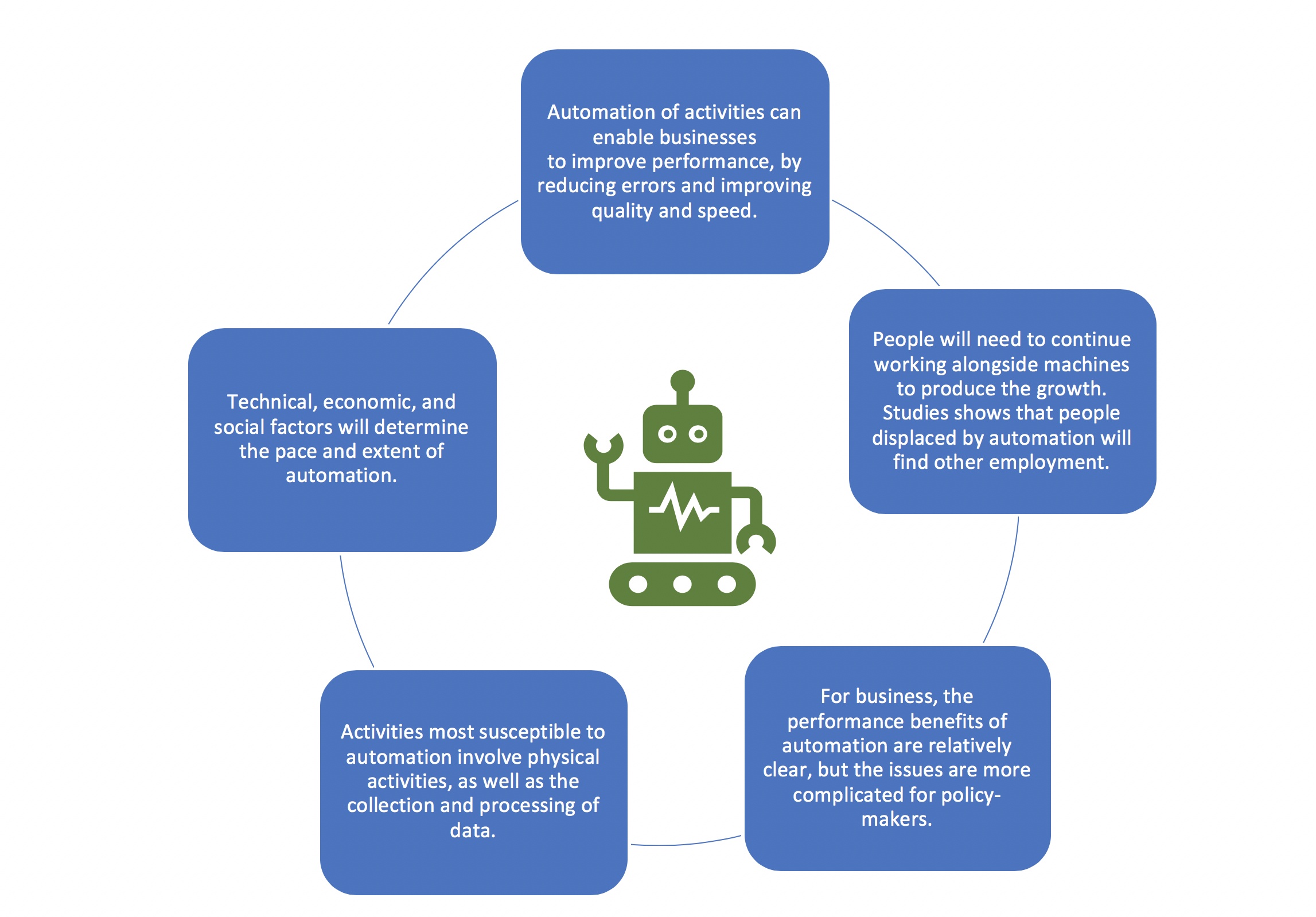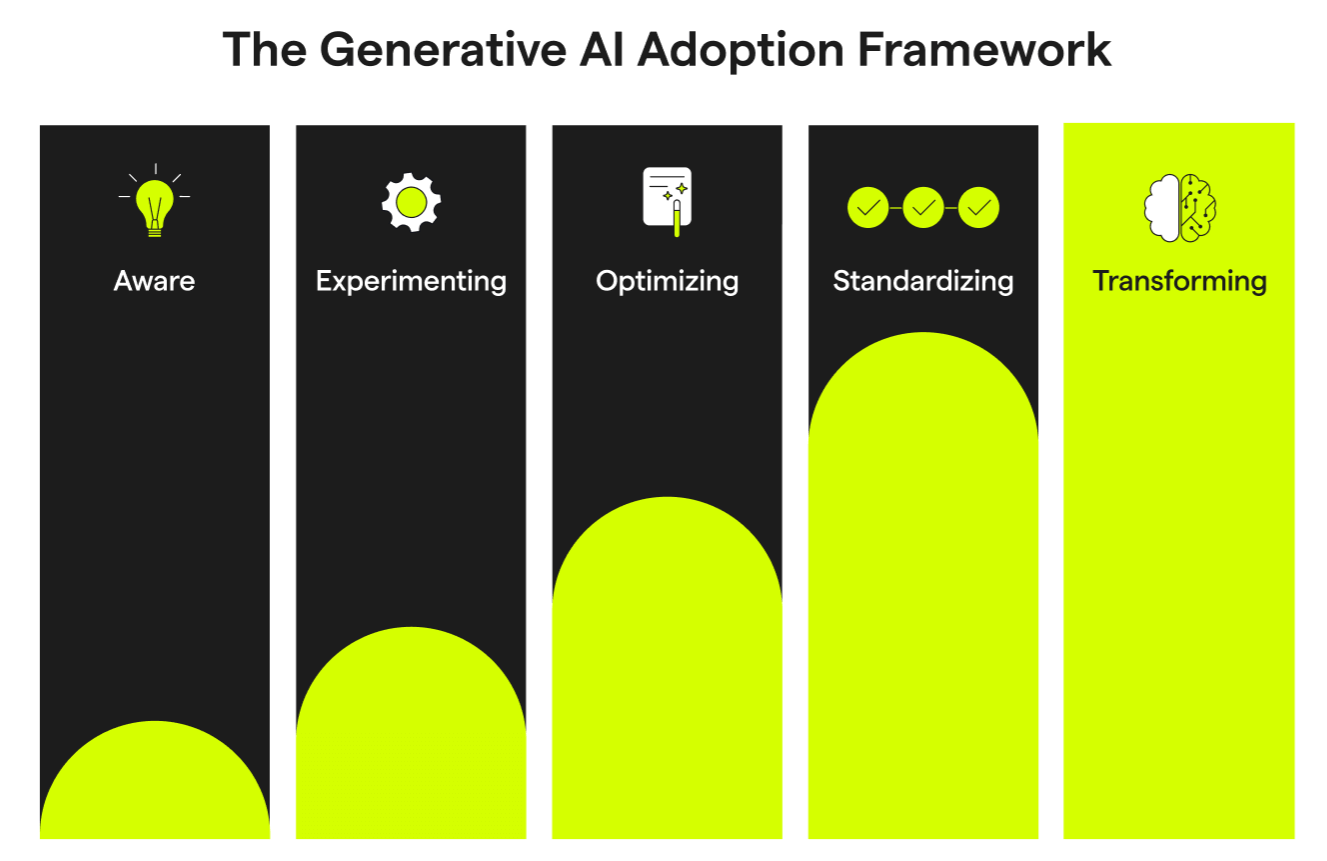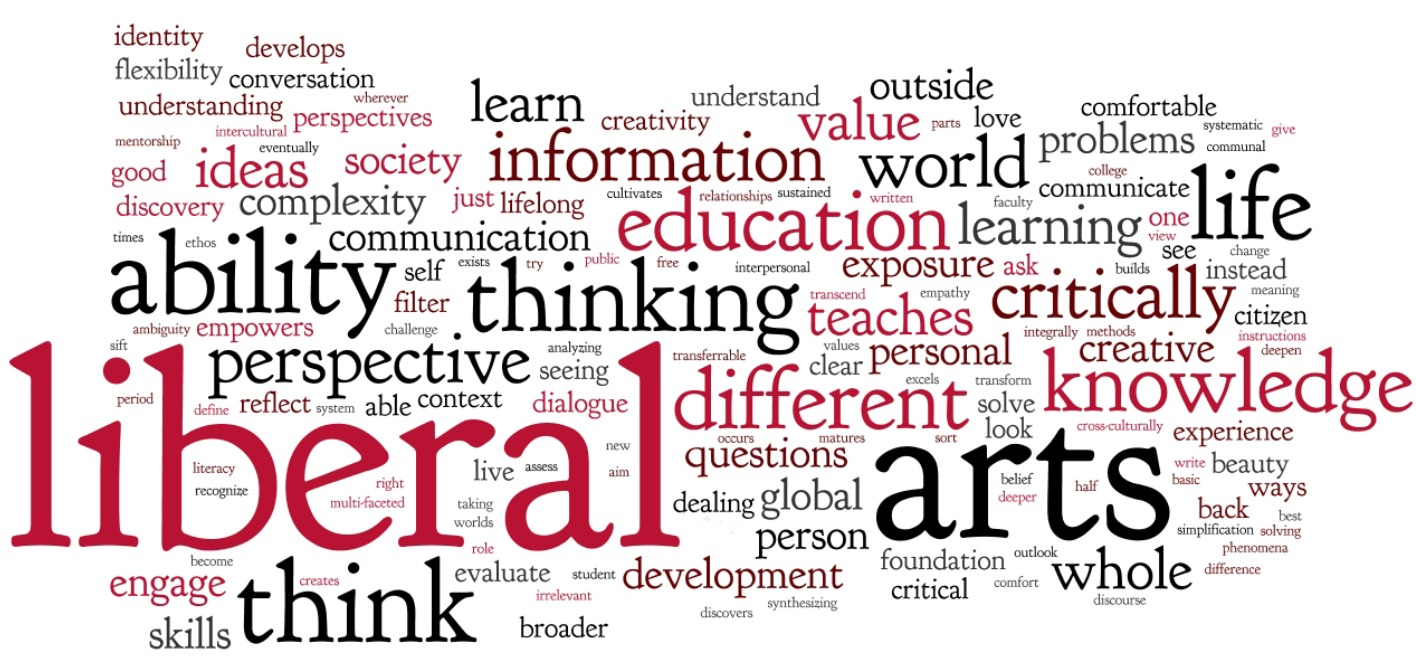AI labor market transformation is fundamentally altering the landscape of employment in the United States. Recent studies highlight the profound impact of artificial intelligence on various job sectors, raising questions about the future of work in an increasingly automated world. Researchers have observed significant changes in occupational churn, revealing how automation and AI are reshaping workforce dynamics. As we navigate this transition, understanding the implications of technology and workforce integration becomes essential for both employers and job seekers alike. This exciting yet uncertain time demands that we consider AI’s broader effects, from job displacement to the creation of new opportunities across diverse fields.
The evolution of employment driven by automation and machine learning technologies is a pressing topic in today’s economy. Terms such as technological disruption and the future of jobs are frequently discussed as experts examine how advancements are reshaping traditional roles. With the rise of smart systems, the significance of evaluating how these changes affect occupational stability and job creation cannot be overstated. As organizations adapt to integrate AI in jobs, the challenge lies in ensuring a workforce that is not only equipped with current skills but is also agile enough to meet the demands of the next generation of work.
Understanding the Impact of AI on the Labor Market
The emergence of artificial intelligence is significantly reshaping the landscape of the labor market. With technological innovations increasingly influencing various job functions, the need to understand how AI is altering employment patterns is paramount. Recent studies show that, despite fears of large-scale job loss due to automation, the reality has been more complex. The focus now has shifted towards ‘occupational churn’—the ebb and flow of job categories in response to advancing technologies. This multifaceted impact is crucial in comprehending how we might adapt our workforce strategies to leverage AI while minimizing unemployment risks.
Additionally, the concept of ‘automation anxiety’ that gained traction in the earlier part of the decade has transformed into a more nuanced understanding of AI’s effects on employment. While many once feared displacement, researchers highlight that AI could enhance job roles by automating mundane tasks and fostering innovation in existing jobs. For instance, the integration of AI in roles traditionally seen as manual can lead to a demand for more skilled workers who can operate alongside advanced technologies, indicating a symbiotic relationship between AI and the labor force.
AI Labor Market Transformation: The New Trends
The transformation of the labor market due to AI is evidenced by several emerging trends. A key observation from economists David Deming and Lawrence H. Summers indicates an end to job polarization, where employment growth was starkly divided between low-wage and high-wage jobs. Instead, the new trend favors high-skilled workers, particularly in science, technology, engineering, and math (STEM) fields. This shift not only reflects the rising demand for technical skill sets but also highlights the increasingly sophisticated nature of jobs in the age of AI.
Moreover, a decrease in low-paid service jobs alongside a rise in more lucrative positions exemplifies the changing landscape of work. As more companies pivot towards embracing AI technologies, there has been a notable investment in roles that require advanced knowledge and technical prowess. This trend underlines a critical need for workforce education and training to prepare individuals for high-demand jobs of the future, suggesting that continuous learning will be essential for job security in an AI-driven economy.
Navigating the Future of Work with AI Integration
The future of work is inextricably linked to the integration of AI across various sectors. This integration presents a dual-edged sword—while it fosters efficiency and innovation, it demands strategic adaptation from the workforce. Companies are pressured to explore how AI can optimize their operations, thus amplifying expectations placed on knowledge workers. For instance, professionals may find themselves competing against algorithms, requiring them to enhance their skills continually to remain relevant.
Furthermore, as the demand for AI proficiency grows, workers across all industries must be encouraged to see technology as an enabler rather than a threat. The capacity to understand and leverage AI tools can lead to augmented productivity and enhanced job satisfaction. However, this also engenders a need for robust educational frameworks that will equip the current and future workforce with the necessary competencies to thrive alongside advancing technologies.
Occupational Churn in the Age of AI
Analyses of the U.S. labor market reveal a significant phenomenon: occupational churn. This refers to the dynamic shifts within job categories as influenced by technological advancements. In periods of high technological disruption, historical patterns show rapid transitions in job classifications, which are becoming more frequent as AI takes center stage. This churn reflects not only the casualties of job automation but also the emergence of new professions that align with advancements in technology.
The decline in traditional job sectors, especially those involving manual tasks, suggests a need for a proactive approach in workforce planning. As industries evolve, there should be a concerted effort from policymakers and educators to facilitate reskilling and upskilling initiatives. By addressing the implications of occupational churn, stakeholders can help ensure that workers are not left behind in the rapidly changing job landscape influenced by AI.
The Role of Technology in Workforce Evolution
Technology has long served as a catalyst for workforce evolution, and the current trends suggest that AI is the next great transformative force. The introduction of AI tools is leading businesses to rethink how tasks are accomplished, which directly impacts workforce composition. As Deming and Summers highlight, this evolution is not merely about job displacement; rather, it opens the door to a more adaptable and skilled labor market that can respond to new challenges and opportunities.
Furthermore, as companies begin to adopt predictive analytics and machine learning, the skill set required for success is shifting away from purely manual capabilities to a blend of cognitive, technical, and emotional intelligence skills. Emphasizing the development of this new skill set will not only enhance productivity but also contribute to worker resilience. Therefore, understanding the synergy between human capabilities and technology is critical for organizations aiming to thrive in this new era.
Job Polarization and Emerging Employment Dynamics
The last decade has witnessed discussions around job polarization, where middle-class jobs have diminished in favor of lower-wage and high-wage roles. Recent insights, however, indicate a shift in this trend with the advent of AI reshaping our employment landscape. Specifically, the demand for high-skilled workers is on the rise, even as sectors face declines in traditionally low-skilled jobs, illustrating a moment of evolution in labor dynamics.
This new environment calls for a fresh perspective on workforce development strategies. Programs designed to enhance technical training can mitigate some of the adverse effects of job polarization, enabling lower-skilled workers to transition into more lucrative roles. A focus on STEM education, alongside vocational training customized to meet industry needs, could help balance occupational demand and supply, aligning worker skills with market requirements.
Preparing Workers for an AI-Dominated Future
As AI integration within workplace environments becomes inevitable, preparing the workforce for this transition is essential. A forward-thinking educational philosophy that prioritizes technological competence is paramount. Workers must be engaged in continuous learning fuelled by both educational institutions and employers alike, adapting skills that align with AI advancements. The critical aspect is to foster a culture of resilience and adaptability within the workforce.
Workplace training programs can play a vital role in this preparation by including components on AI and other emerging technologies. Through such initiatives, employees can better navigate the changes brought about by technological advancements while also seizing opportunities for career growth. Hence, collectively building a workforce that is not only tech-savvy but also capable of collaborating with AI is requisite for future success.
AI’s Influence on Employment Sectors
AI’s influence on various employment sectors cannot be overstated. Industries such as retail have already experienced drastic reductions due to automation and technological advancements. The decline of retail sales jobs—combined with the rapid growth of e-commerce—illustrates how AI can drive shifts in consumer behavior and employment patterns simultaneously. As businesses increasingly turn to AI for efficiency, traditional retail roles face significant threats.
Contrastingly, rising demand for skilled positions in AI, data analytics, and software development showcases a new frontier for job growth. Emphasizing STEM education and technological competency will be foundational in reshaping worker capabilities and preparing them for emergent roles. Recognizing the heterogeneous impact of AI on different employment sectors is vital for guiding policy decisions aimed at supporting workforce stability and promoting economic growth.
The Long-Term Prospects of AI in the Workplace
Long-term prospects for AI in the workplace reveal both opportunities and challenges. Companies are projected to increasingly rely on AI technologies to enhance productivity and efficiency, leading to a profound evolution in job requirements. However, the simultaneous risk of job displacement means that employees in various sectors must be prepared to adapt rapidly to these profound changes. The need for a versatile workforce that can thrive in a technologically advanced landscape cannot be overstated.
To mitigate risks associated with job displacement, a collaborative effort involving government, industry, and educational institutions is essential. Training programs must not only focus on the current technological landscape but also anticipate future developments, providing workers with tools needed to adapt. By fostering a proactive approach, we can embrace the long-term benefits of AI while safeguarding employment opportunities for future generations.
Frequently Asked Questions
How is artificial intelligence transforming the labor market today?
Artificial intelligence is significantly transforming the labor market by reshaping the distribution of jobs and requiring higher skill levels. The emergence of AI technologies has led to increased demand for roles in science, technology, engineering, and math (STEM) fields. According to recent studies, there has been a rise in well-compensated jobs requiring advanced training, indicating a shift in how AI impacts the workforce.
What trends are linked to occupational churn in America due to AI?
Recent research identifies four key trends linked to occupational churn in America driven by AI. These include a decline in job polarization, a rise in STEM occupations, stagnation in low-paid service jobs, and a significant reduction in retail sales positions. These changes suggest that AI is influencing employment patterns by favoring higher-skilled workers and advanced technology investments.
Is AI contributing to the decline of low-paid service jobs?
Yes, AI is believed to be contributing to the decline of low-paid service jobs, particularly in sectors that were previously experiencing growth. Since 2019, there has been a notable decrease in these roles, reflecting changes in consumer behavior and labor market dynamics influenced by AI and other economic factors.
How is AI impacting the future of work, especially in retail and services?
AI is reshaping the future of work, particularly in retail and service sectors, by accelerating the adoption of e-commerce and predictive technologies. The decline in retail sales jobs highlights how AI-driven efficiencies are transforming shopping habits and the workforce landscape, leading to fewer traditional roles in these industries.
What does the rise of AI in jobs mean for future employment opportunities?
The rise of AI in jobs signals a shift towards increased skill requirements for future employment opportunities. While AI can enhance productivity, it may also lead to displacement for workers who do not adapt or acquire the necessary technological skills. Knowledge workers in fields like finance and management may need to step up their performance as companies leverage AI for greater efficiency.
How do economists view the relationship between AI and occupational shifts in the labor market?
Economists, including David Deming and Lawrence H. Summers, view the relationship between AI and occupational shifts as complex and multi-faceted. Their research emphasizes that while AI has the potential to drive productivity and economic growth, it also brings challenges such as job displacement and a need for significant workforce adaptation.
What role does AI play in shaping job training and skill development?
AI plays a crucial role in shaping job training and skill development by emphasizing the need for advanced technical skills in the workforce. As AI continues to transform job requirements, educational institutions and training programs are increasingly adapting to equip individuals with the competencies needed for emerging roles influenced by these technologies.
Can you explain job polarization and its relation to AI’s impact on the labor market?
Job polarization refers to the growing divide in the labor market, where high-wage and low-wage jobs increase while middle-wage jobs decline. Recent findings indicate a reversal in job polarization trends due to AI, with a shift towards demand for more skilled professions, which could lead to a more balanced labor market in the future.
What predictions are being made about AI’s long-term effects on the workforce?
Predictions regarding AI’s long-term effects on the workforce include potential productivity gains, shifts in job types, and an increased demand for highly skilled workers. However, there are concerns that these shifts may lead to job displacements, particularly in sectors that are heavily automated, thereby requiring workers to adapt to new technologies and job functions.
How can workers prepare for the changes brought about by AI in the labor market?
Workers can prepare for changes brought about by AI in the labor market by embracing continuous learning and skill development. Acquiring proficiency in emerging technologies, enhancing problem-solving skills, and adapting to new software tools will be essential for remaining competitive and relevant in an evolving job market influenced by AI.
| Key Points | Details |
|---|---|
| Impact of AI on the Workforce | AI is influencing job distribution and workforce dynamics in the U.S. |
| Historical Perspective | Research based on 124 years of U.S. Census data shows a nuanced view of occupational churn. |
| Occupational Churn Trends | A period of stability from 1990 to 2017 was noted, contradicting beliefs of job loss due to AI. |
| Job Polarization | Recent trend shows job growth predominantly in high-wage occupations, moving away from earlier low-wage job concerns. |
| STEM Job Growth | Jobs in STEM fields increased significantly from 6.5% in 2010 to nearly 10% by 2024. |
| Decline in Low-Paid Service Jobs | Stagnation in employment within low-paid service sectors since 2019; jobs unlikely to return. |
| Reduction in Retail Sales Jobs | Retail sales jobs dropped from 7.5% to 5.7% of the job market, influenced by AI and e-commerce growth. |
| Future of Knowledge Workers | AI can boost productivity but may lead to displacement of less tech-savvy workers. |
Summary
AI labor market transformation is reshaping the dynamics of job distribution and occupational trends in the U.S. workforce today. As observed in a study co-authored by David Deming and Lawrence H. Summers, the impacts of AI are becoming increasingly significant, with emerging trends suggesting a shift towards higher-wage, technology-related occupations, while low-wage service jobs are stagnating or declining. This transformation reflects a broader shift in how work is defined and performed, indicating that AI will continue to play a pivotal role in shaping the future of labor markets. Stakeholders should prepare for these changes and consider how AI can empower or disrupt their careers.


